Chamonix
Europe's glaciers are melting at a record pace
The evening newspaper in place on the waning Mer de Glace
Of:
CHAMONIX. Europe's glaciers are disappearing – and fast.
- There is a doomsday feeling about this. If you want to see a glacier, you have to hurry, because they will soon be gone, says long-time alpine guide Pierre Bernier.
Aftonbladet has visited France's largest glacier, Mer de Glace, which is melting.
Mer de Glace is France's largest glacier located 1,913 meters above sea level in the Mont Blanc massif, in the French Alps. Eleven kilometers long, it is one of Europe's largest glaciers.
Equipped with ice axes, snowshoes and helmets, glaciologists Ludovic Ravanel and Luc Morau have taken us on a unique hike on the glacier, something normally not allowed without experts. It's too dangerous. We have a safety officer with us and an experienced mountain guide.
It ripples and splashes with meltwater. The surface of the glacier is dirty and large rocks burrow into the ice as they heat up in the sun.
"A glacier's worst nightmare"
It's like walking on a minefield. Large cracks are exposed in the ice and a sizzling sound testifies to a fast-flowing river somewhere in the abyss. What have I gotten myself into?
- Running water is a glacier's biggest nightmare. The worst case scenario is if the water reaches all the way to the rock wall where the glacier is attached, then it can let go with catastrophic consequences. We do not yet know today when the next release may take place. We need to do more research on what is happening in this arena. We have drilled two large water holes further up so that the water can get out safely, explains Ludovic Ravanel, glaciologist at the University of Savoie Mont Blanc.
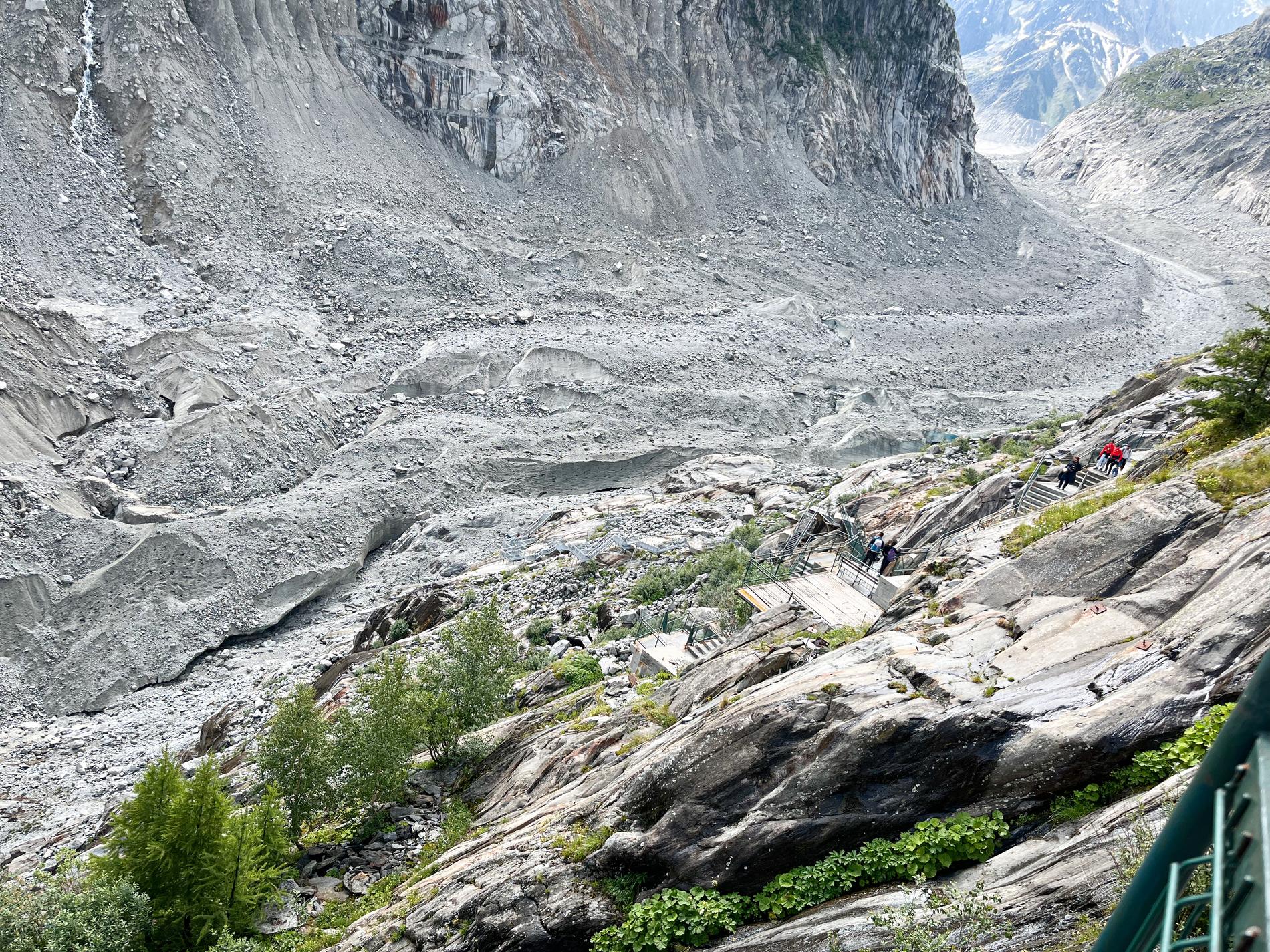
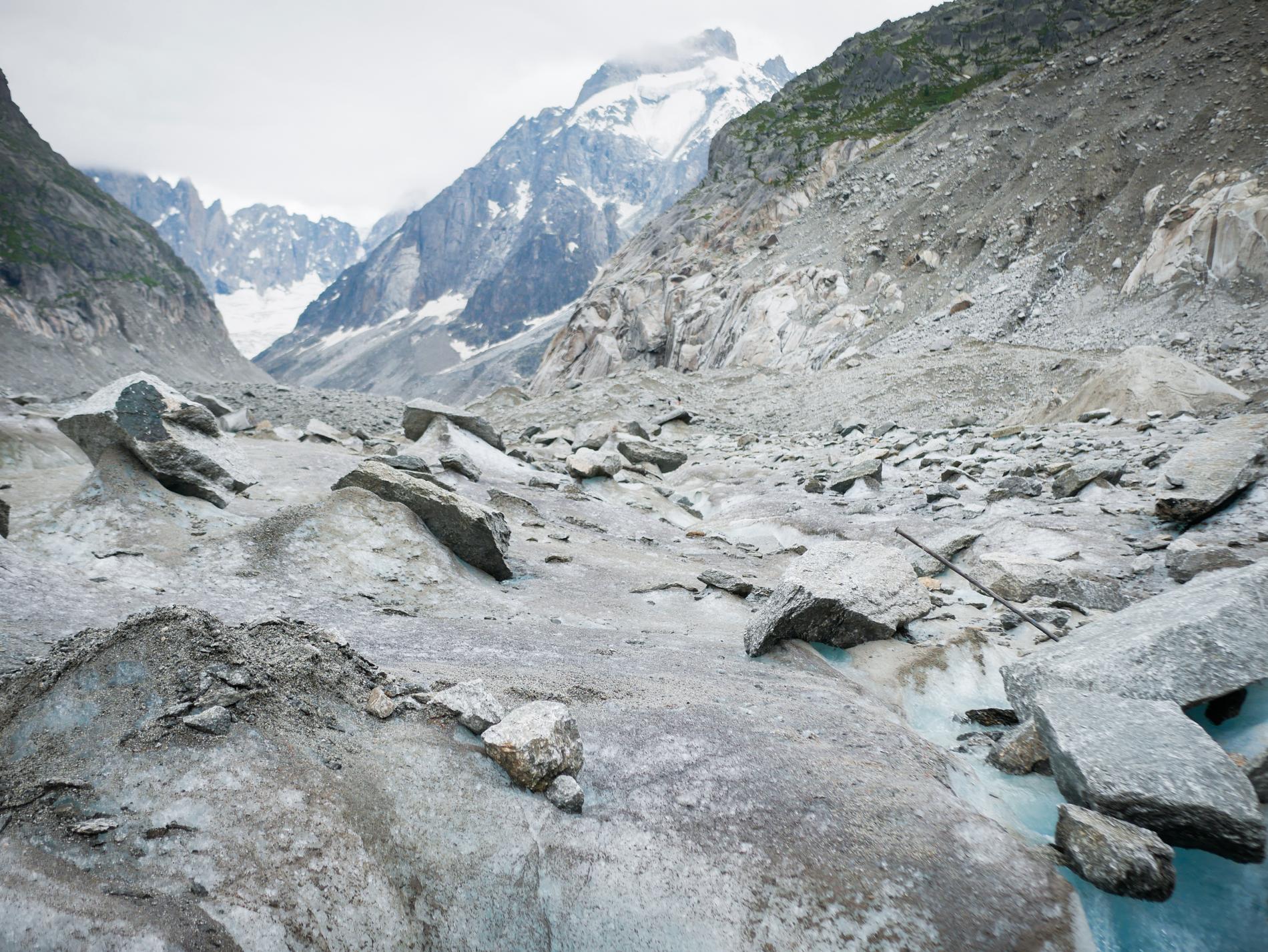
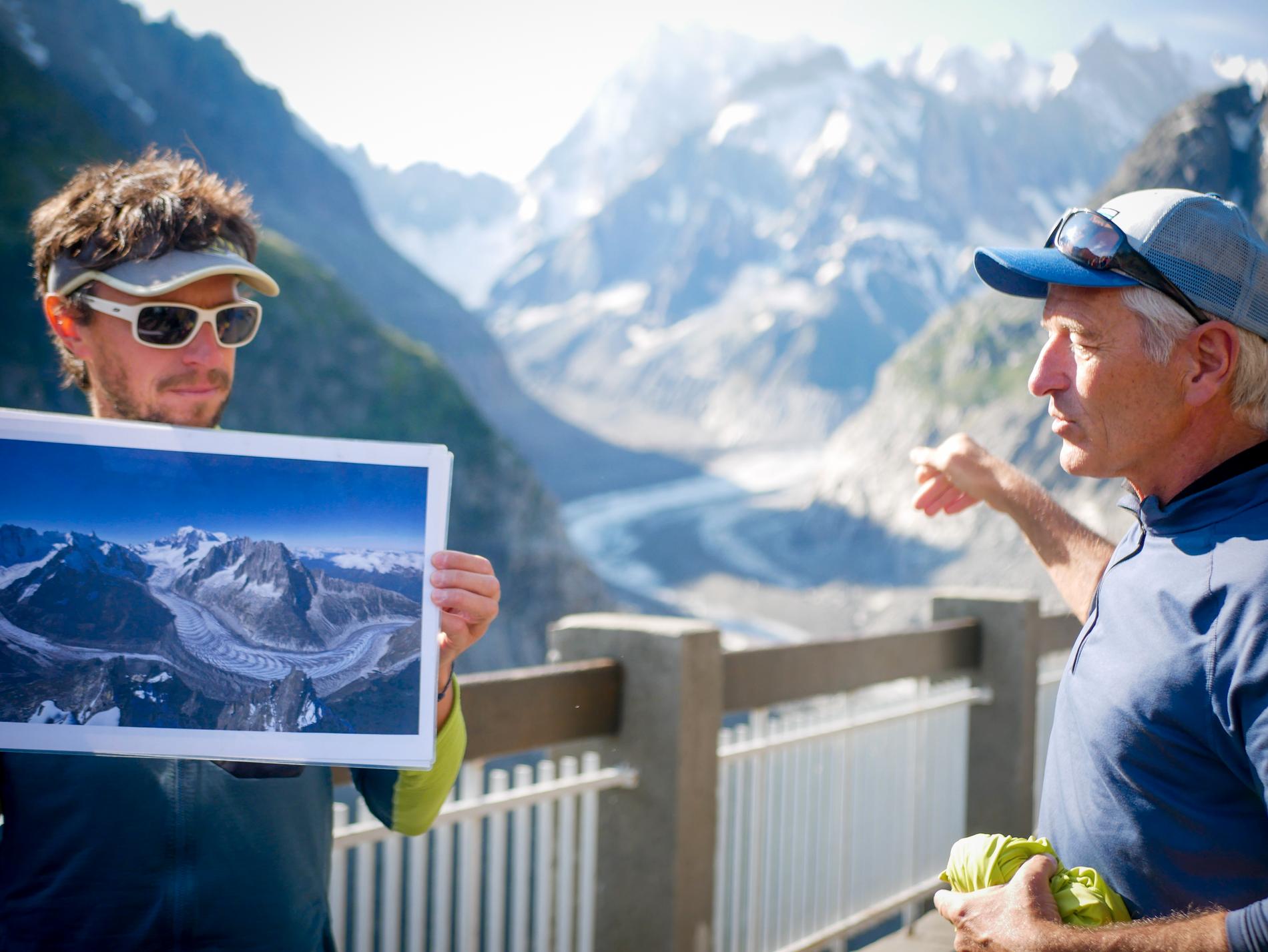
In 1892, the biggest glacier disaster to date occurred in Mont Blanc when The Tête Rousse glacier broke loose on the night of July 11 and destroyed the entire village of Saint-Gervais-les-Bains. 200 people perished.
1 out of 3
The first sight when looking out over the beautiful valley is the brown slushy mass that has been reduced to a crust of ice a few hundred meters wide. A glacier that in ancient days spread across the entire valley in all its glory. It was, and still is, one of Mont Blanc's biggest tourist attractions.
On the rock face you can see the edge where the trees stop growing. The glacier reached up there in the 1980s. Since then, the de-icing has progressed rapidly. Far too fast, says Ludovic Ravanel who specializes in permafrost.
- The glaciers have become a dangerous place to stay. It is unpredictable ground. Nowadays, avalanches are not the biggest danger. Without rock avalanches. The permafrost melts inside the mountains as the glacier shrinks and rocks are blasted free. In 2017, I was standing at the lift station with some students ready to go out on the Mer de Glace when we heard a terrible roar and the whole valley was filled with a huge cloud of gravel. There were no studies that day, he says.
Extreme pace
The glaciers and ice sheets are important indicators of climate change. Three kilometers up the valley, the ice is several million years old and it is the relationship with oxygen and temperature that indicates historical shifts in the atmosphere.
Through drilling in the ice mass, the influence of warm and cold periods can be followed.
After a kilometer of hiking, we have entered the interior of the glacier. Here you can see shifts in the ice and gray lines indicate warmer periods with gravel-covered surfaces, like now.
- During the Middle Ages, we had less sun and all of Europe's glaciers advanced two kilometers on average. But with the increased emissions and the resulting warmer climate, they have decreased by three kilometers on average since then. We see a clear connection between the proportion of greenhouse gases in the atmosphere and the retreat of the glaciers, says Ludovic Ravanel.
- That a glacier decreases in size is not unique in any way. About 4,000 years ago, the decline was as dramatic as today, but it took a thousand years to get there. Now the withdrawal is extreme. It's the rate at which it happens that baffles. It's going extremely fast now.
Collapse
The Aletsch Glacier, which is Switzerland's largest glacier, has been melting by ten meters every year for the past decade, according to glaciologists at the Zurich University of Technology, ETHZ.
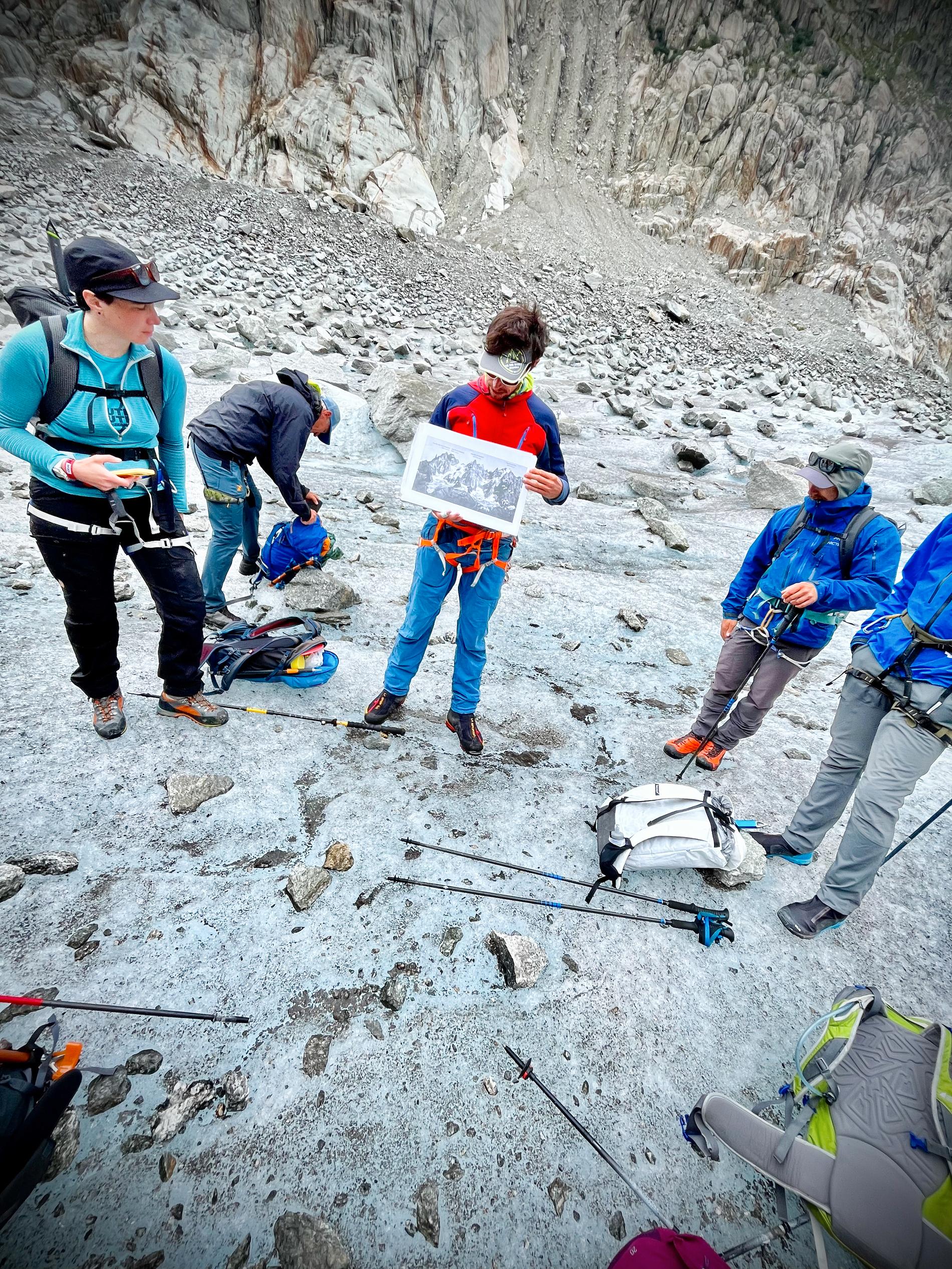
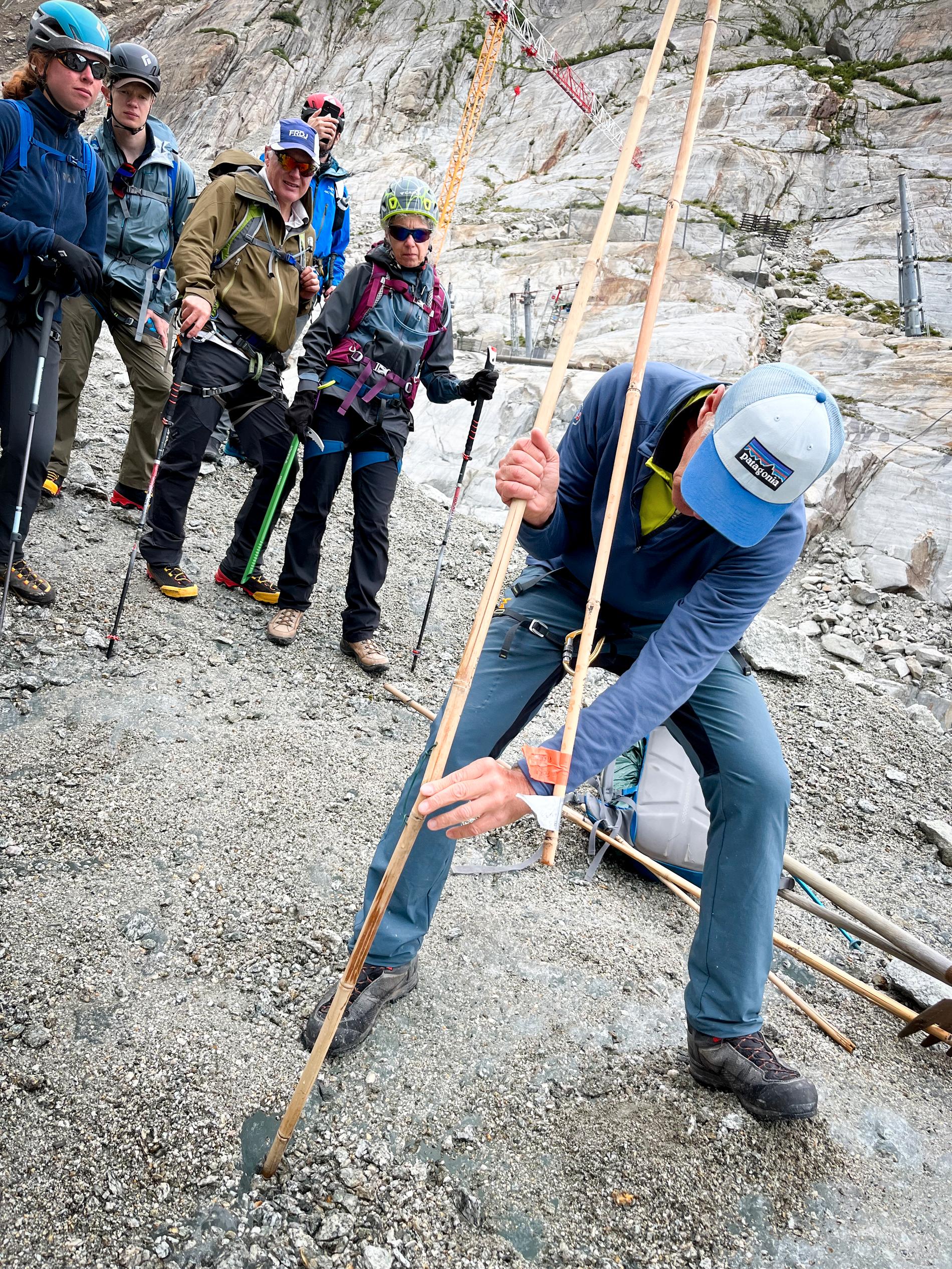
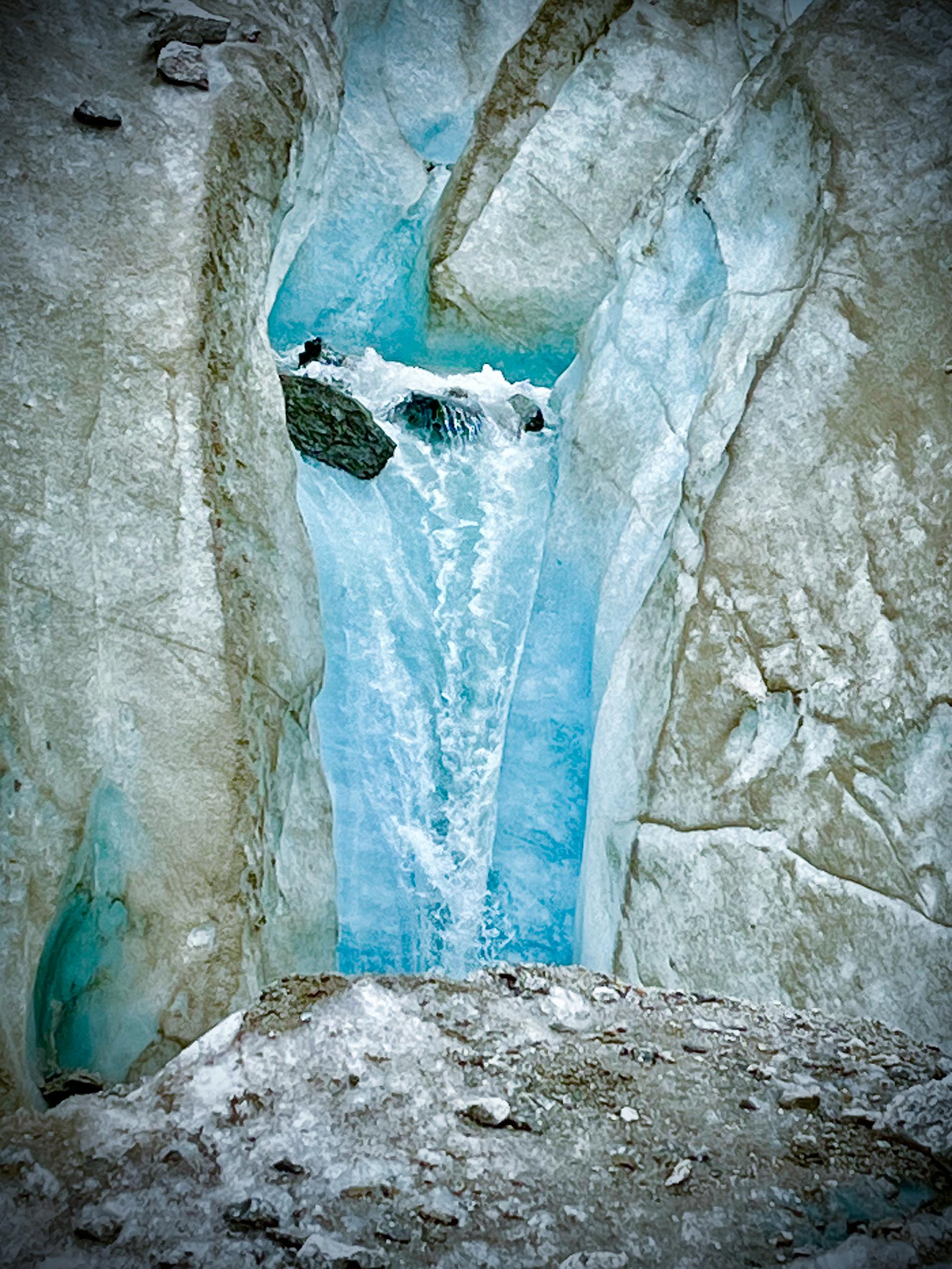
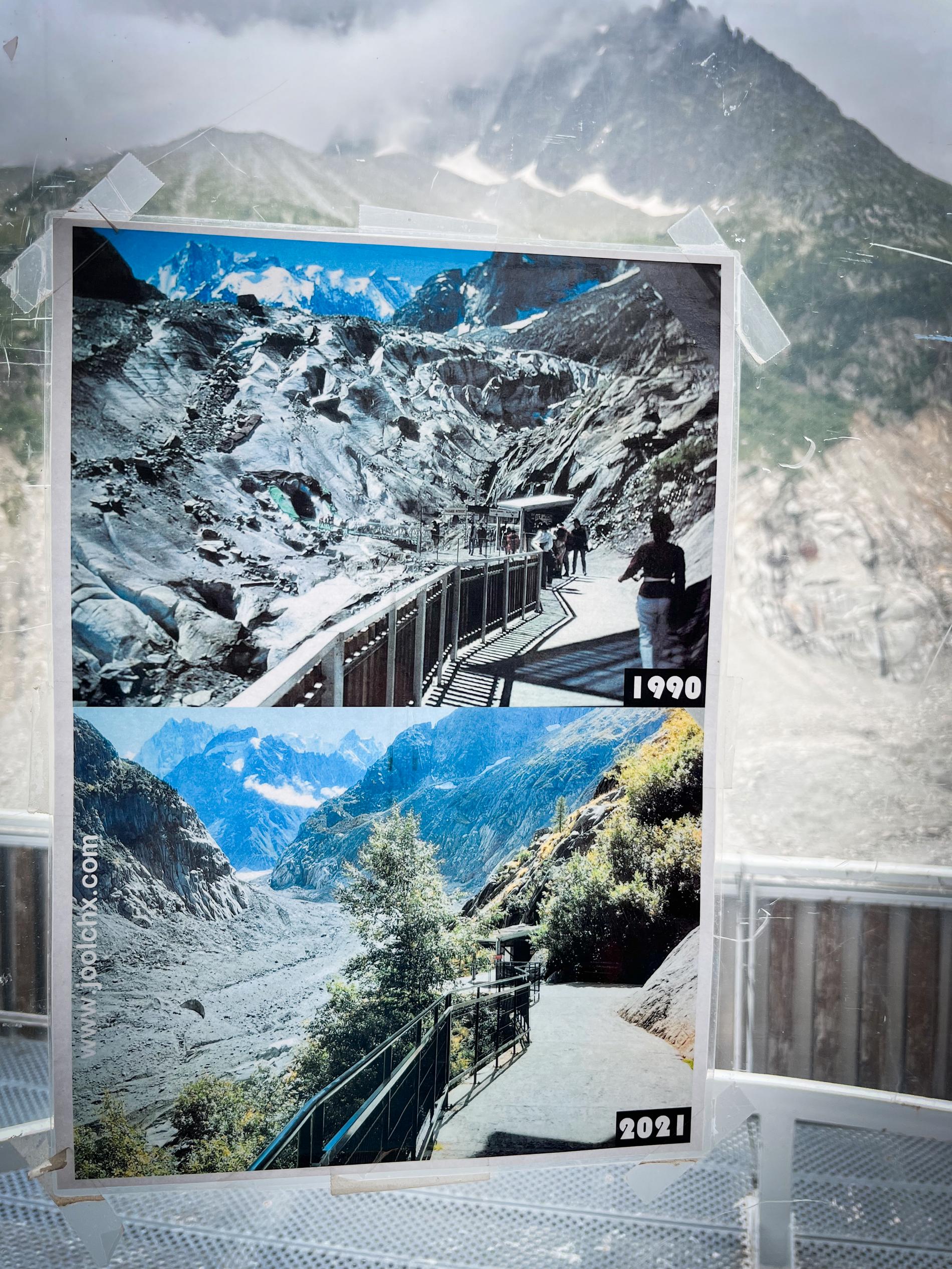
1 of 4 Photo: AGNETA ELMEGÅRD
Last year, German scientists stripped the Schneeferner glacier in the Alps of its glacier status after a summer of extreme heat.
The trend is the same for all glaciers around the world. Right now, the mass balance on the glaciers is negative and the degradation is accelerating.
Mer de Glace has stopped and in 30 years the glacier has shrunk by 300 metres. Only two glaciers in Norway are growing and this is largely due to the fact that they are on a shadow side, says Ravanel.
In a recently released research report from Cambridge University and the University Center in Svalbard, methane emissions into the atmosphere increase as water sources are exposed because the glaciers are retreating and the permafrost is loosening.
Something that scientists believe could have the effect of further accelerating climate change.
- The Alps are melting twice as fast as other areas in Europe and we are on the first floor to witness the consequences. It is especially bad for the glaciers in Svalbard and Greenland, because there the warming takes place faster than in the rest of the world. When the permafrost releases its grip, we don't know which viruses we are dealing with, he says.
“Can't do much more”
We have arrived at one of the many measuring stations on the ice where the thickness of the glacier is measured with long bamboo sticks that are lowered into already made boreholes.
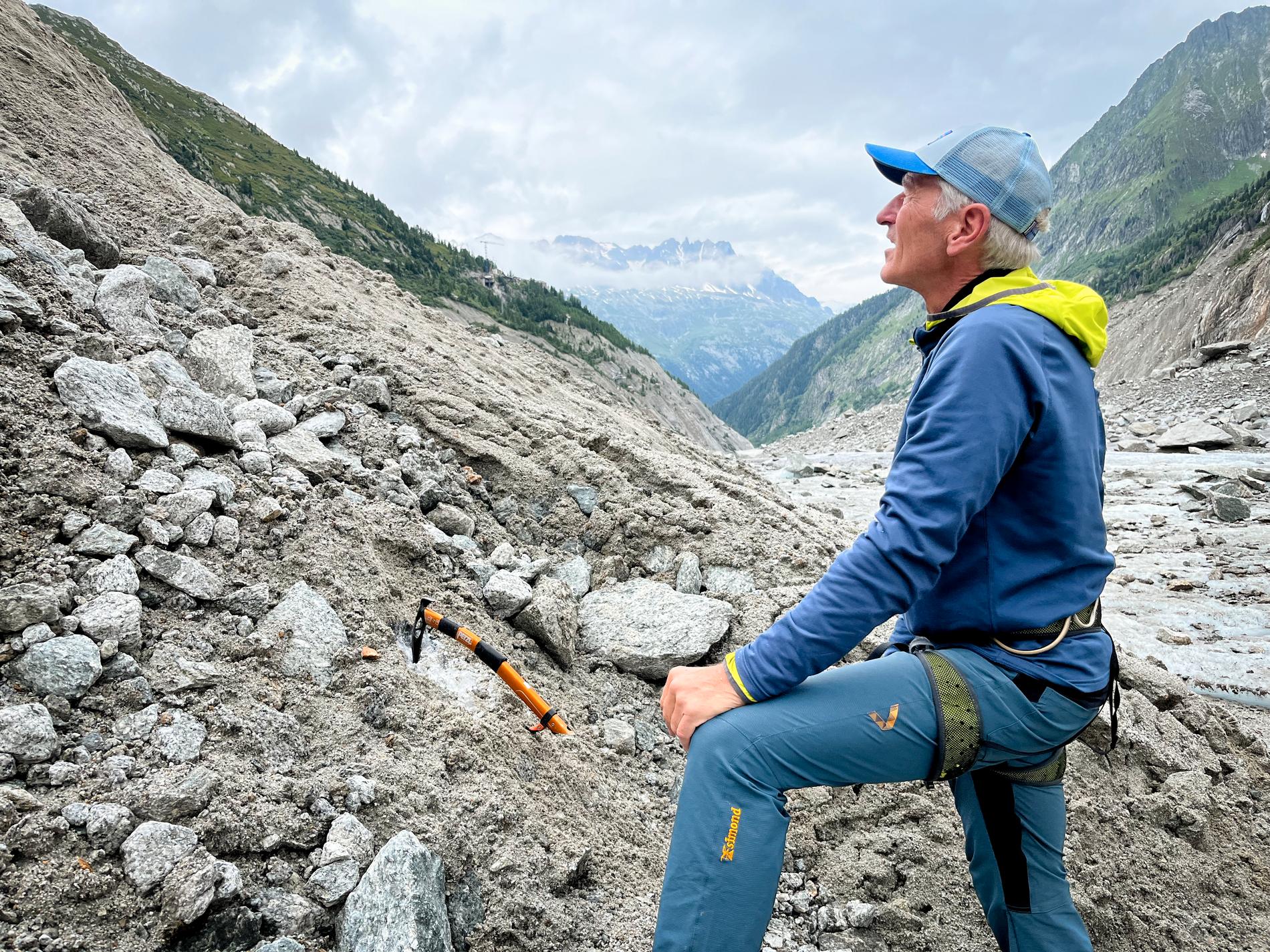
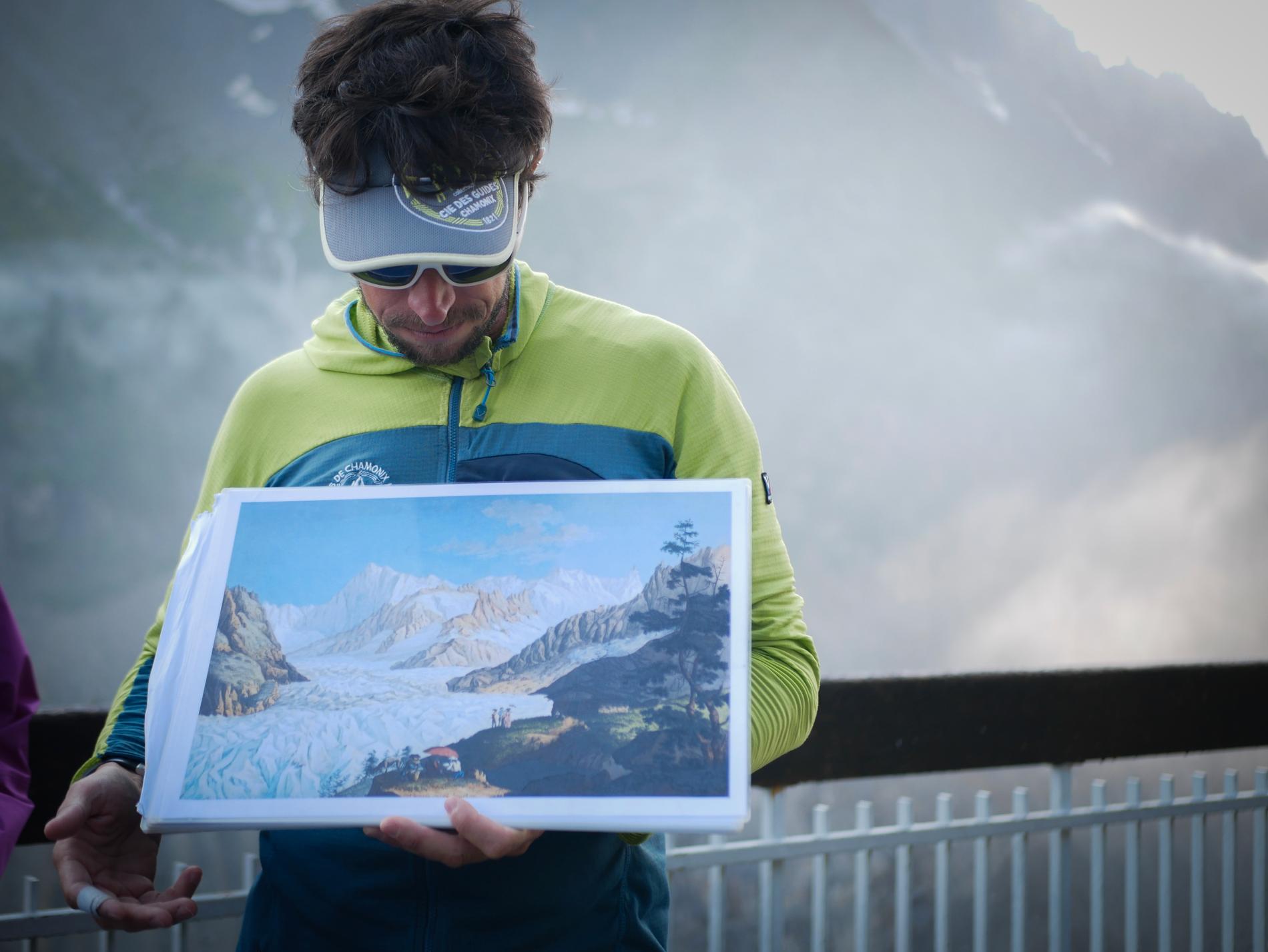
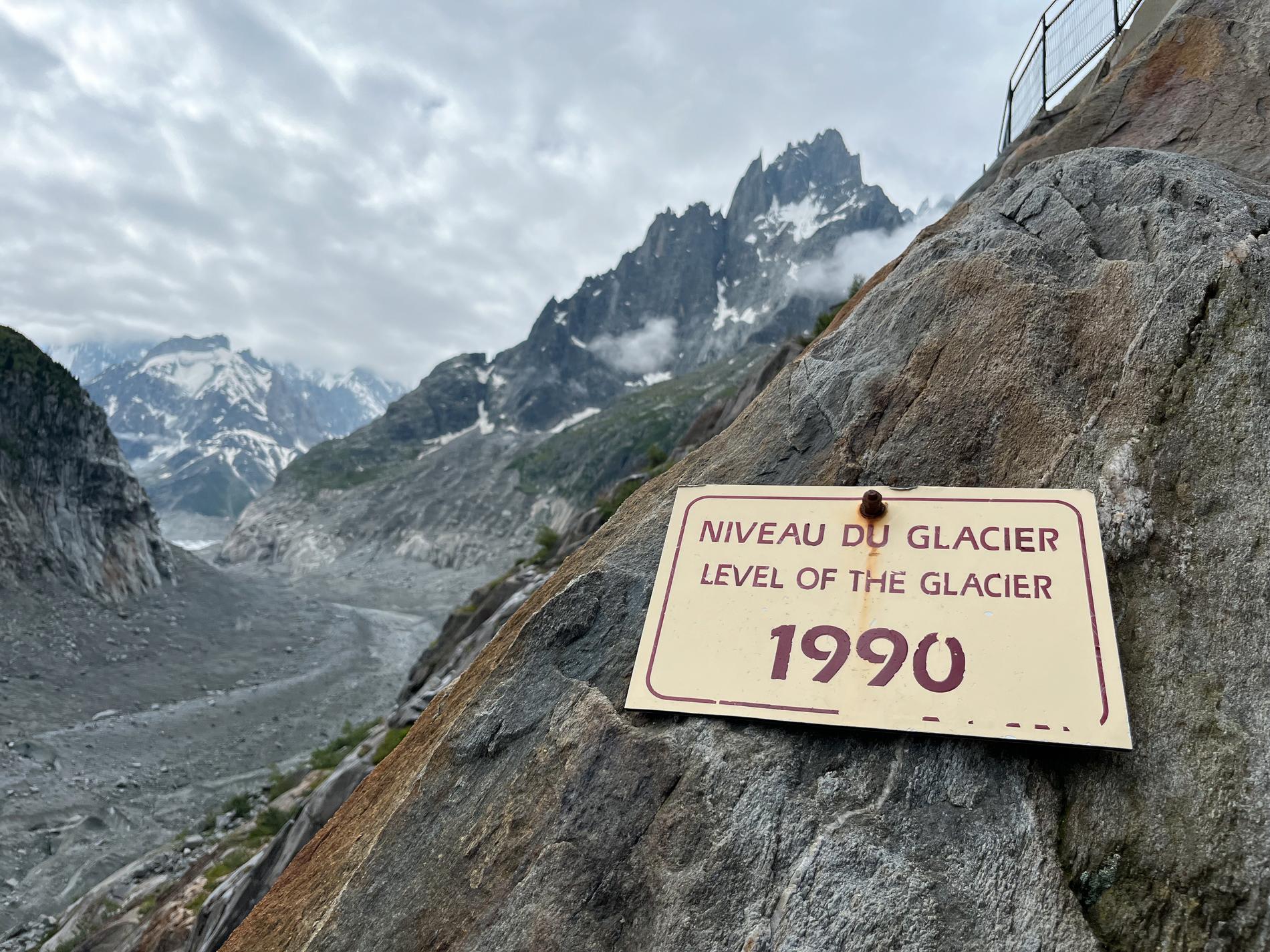
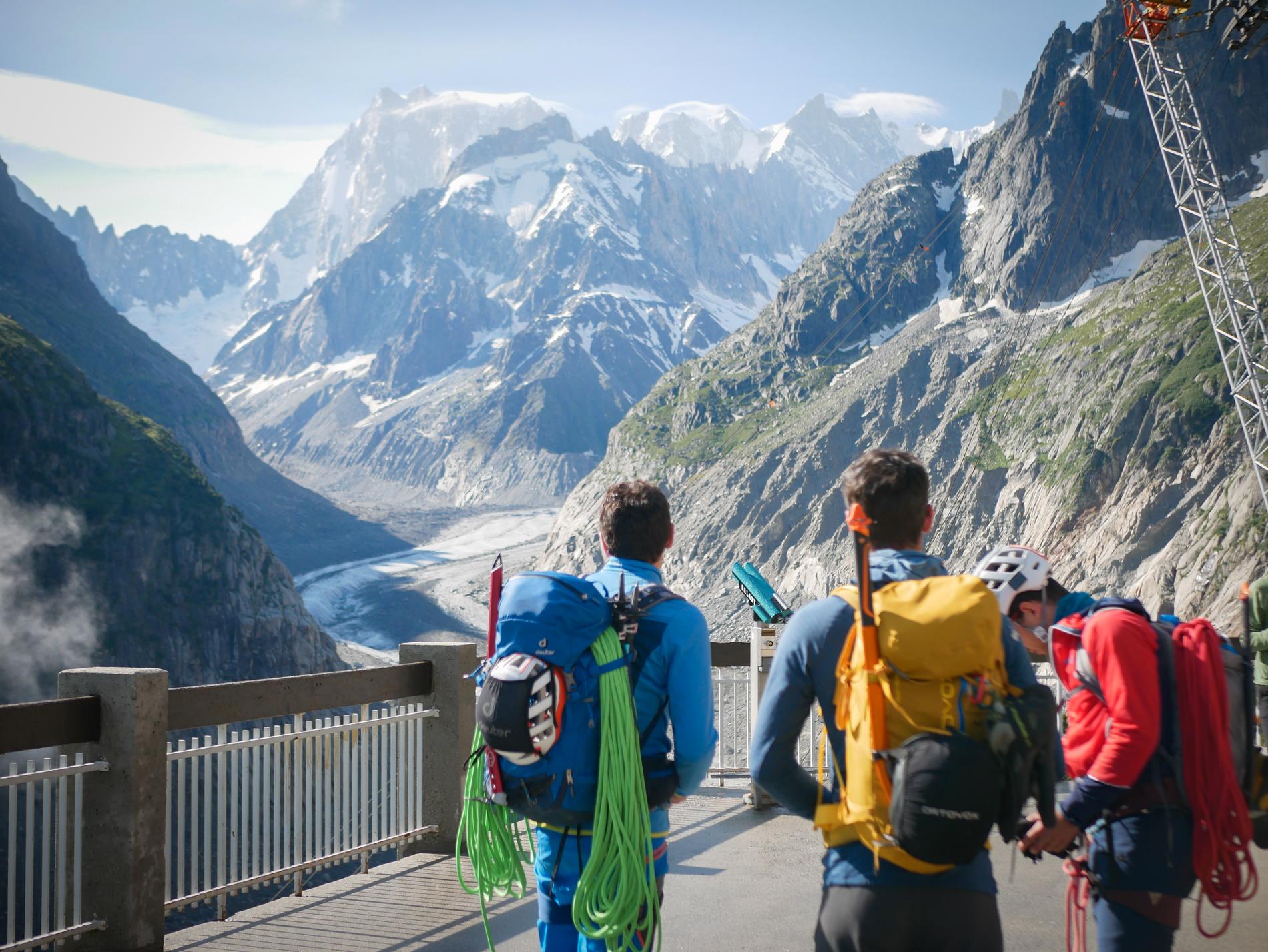
"The condition of the glaciers is extremely well documented worldwide. A lot because you can drill through the ice layers and calculate when warm and cold periods occurred, the big difference from millions of years ago is the speed at which the de-icing is happening, right now," explains glaciologist Luc Morau
1 of 4 Photo: AGNETA ELMEGÅRD
Quite quickly, the bamboo stick hits the gravel on the bottom, exposing a long piece of the stick in the air. Here, the ice has receded five meters since the last time they measured it, in April. Even glaciologist Luc Morau looks surprised.
- We had a very hot month of June and we are seeing the result of that now. Even though we are at a high altitude, it was ten plus degrees and lots of snow melted so the ice was covered with gravel. In the place we are now, we lost 16 meters of ice last year, which was a record, he says.
Is there any hope at all for Europe's glaciers?
- If we manage to stop all emissions, the glaciers will stabilize quite quickly, but they will need 30-40 years to recover. We have presented all the facts and knowledge we have about how the emissions in the atmosphere affect the glaciers.
- We cannot do much more, now it is up to the politicians to act otherwise we will look out over a completely different mountain landscape in the future. A weathered one. If we do nothing now, the glacier will be gone in 50 years.
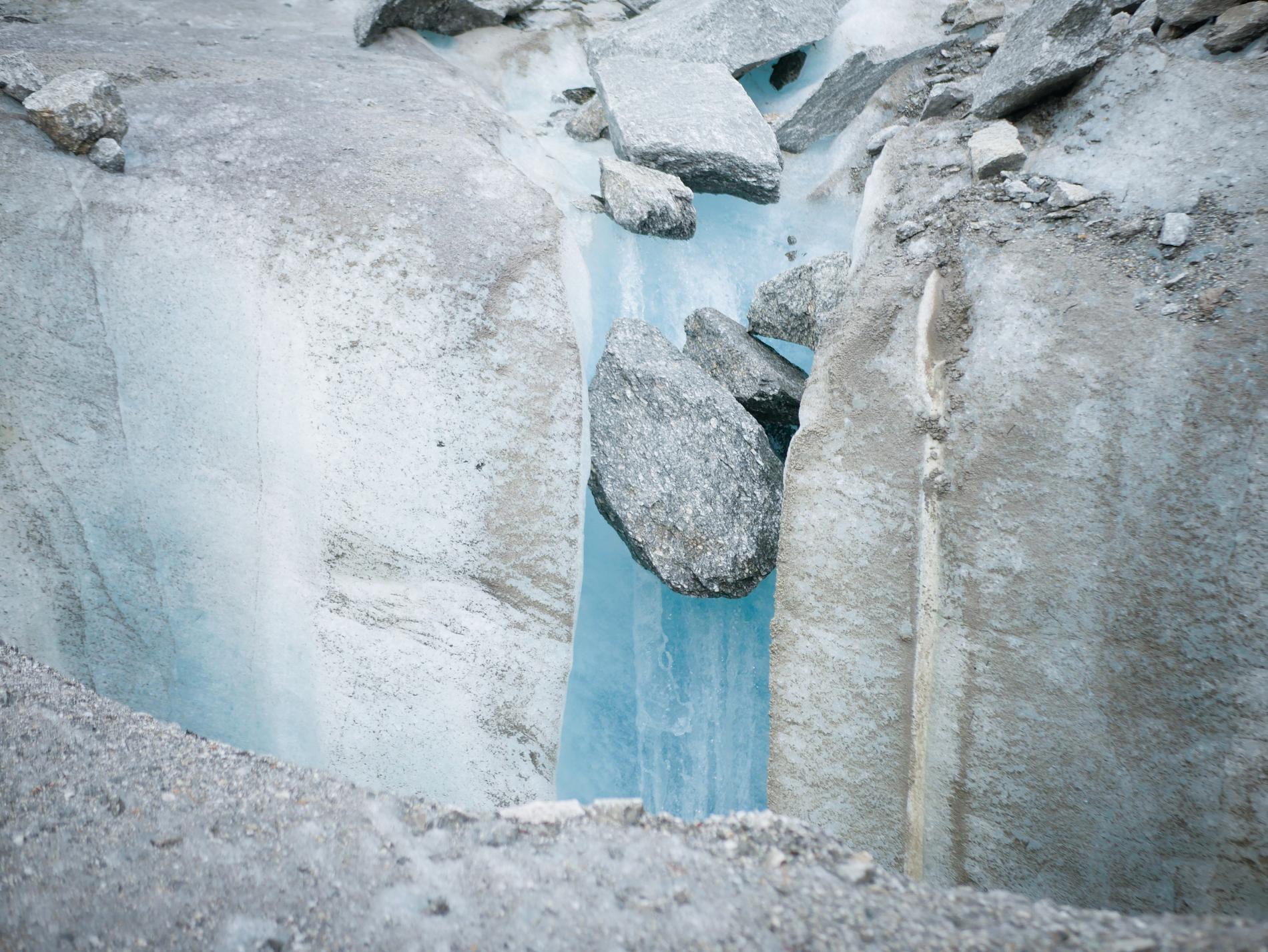
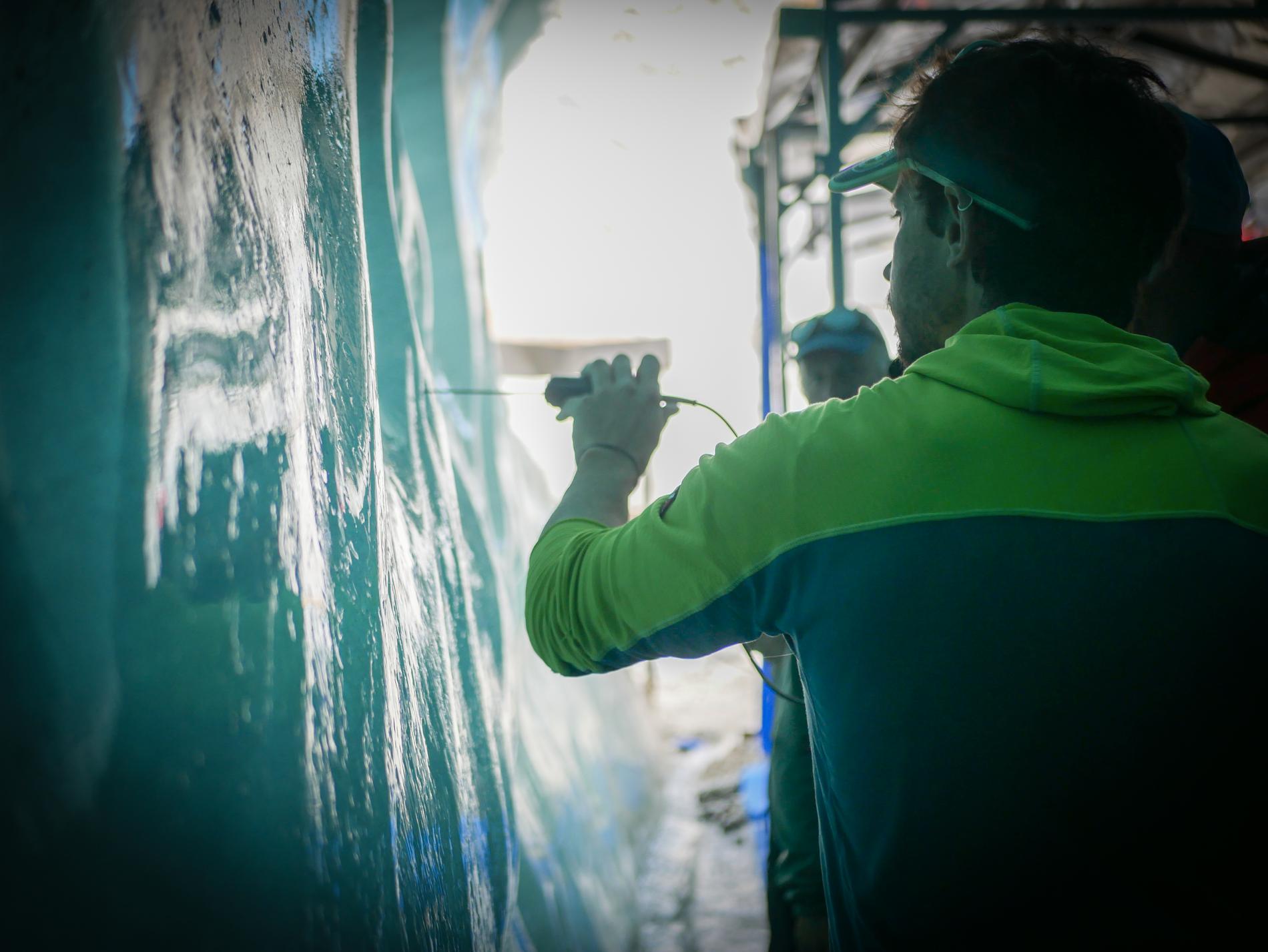
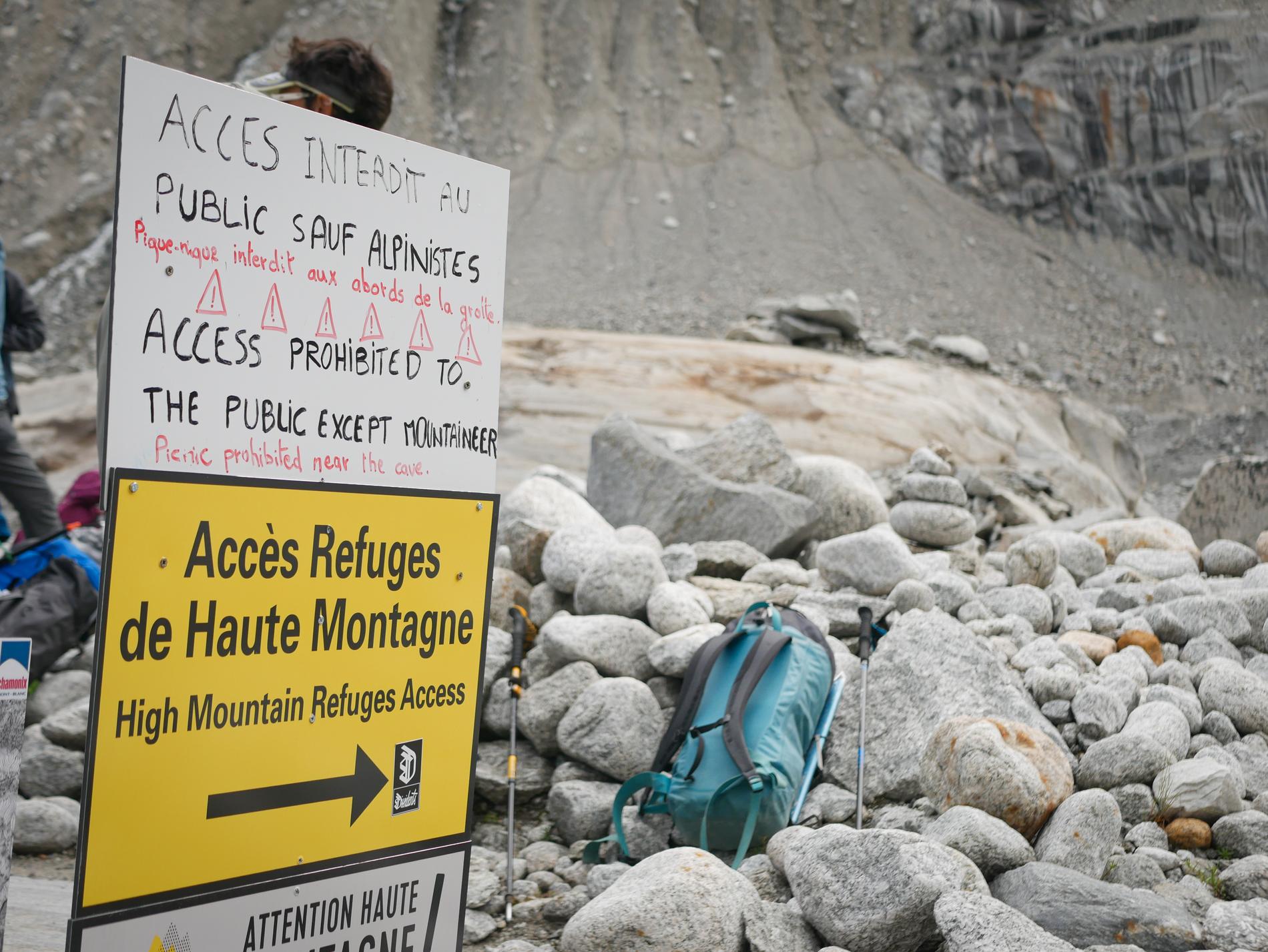
Luc Morau's expertise on permafrost and glaciers has taken a completely new turn recently. The permafrost has reduced from 30 meters inside the mountain to a critical 1.5 meters and the lift mounts for several of Mont Blanc's famous ski lifts have begun to move. The tourist industry is in obvious danger, among other things, 30 shark farms have been closed and several cabins are considered too dangerous to visit.
"I cry when I see it"
One who has seen the dying glacier take its last breath is alpine guide Pierre Bernier, who has been a guide in the area since 1979.
- I live at the bottom of the glacier and cry when I see this. We who are older have the same feeling. We have worked on the glacier for decades and it has been our livelihood.
- At first glance, it can look fantastic when you look out over the valley. But what is happening beneath the surface is a disaster. Emmanuel Macron was here a few years ago and saw with his own eyes what is happening. But nothing happens, says Pierre Bernier, flailing his arms.
He sounds dejected. He is a guide during the annual Alpine Academy organized in Chamonix by Arcteryx. There, the public gets unique opportunities to learn more about alpinism and glaciers.
- Time is running out. More and more people are coming here, for better or for worse. The tourists are like crazy. There's a bit of a doomsday feeling about this. In ten years most of the glaciers in the Le Rouge valley will be gone. If you want to see a glacier, you have to hurry, because they will soon be gone.
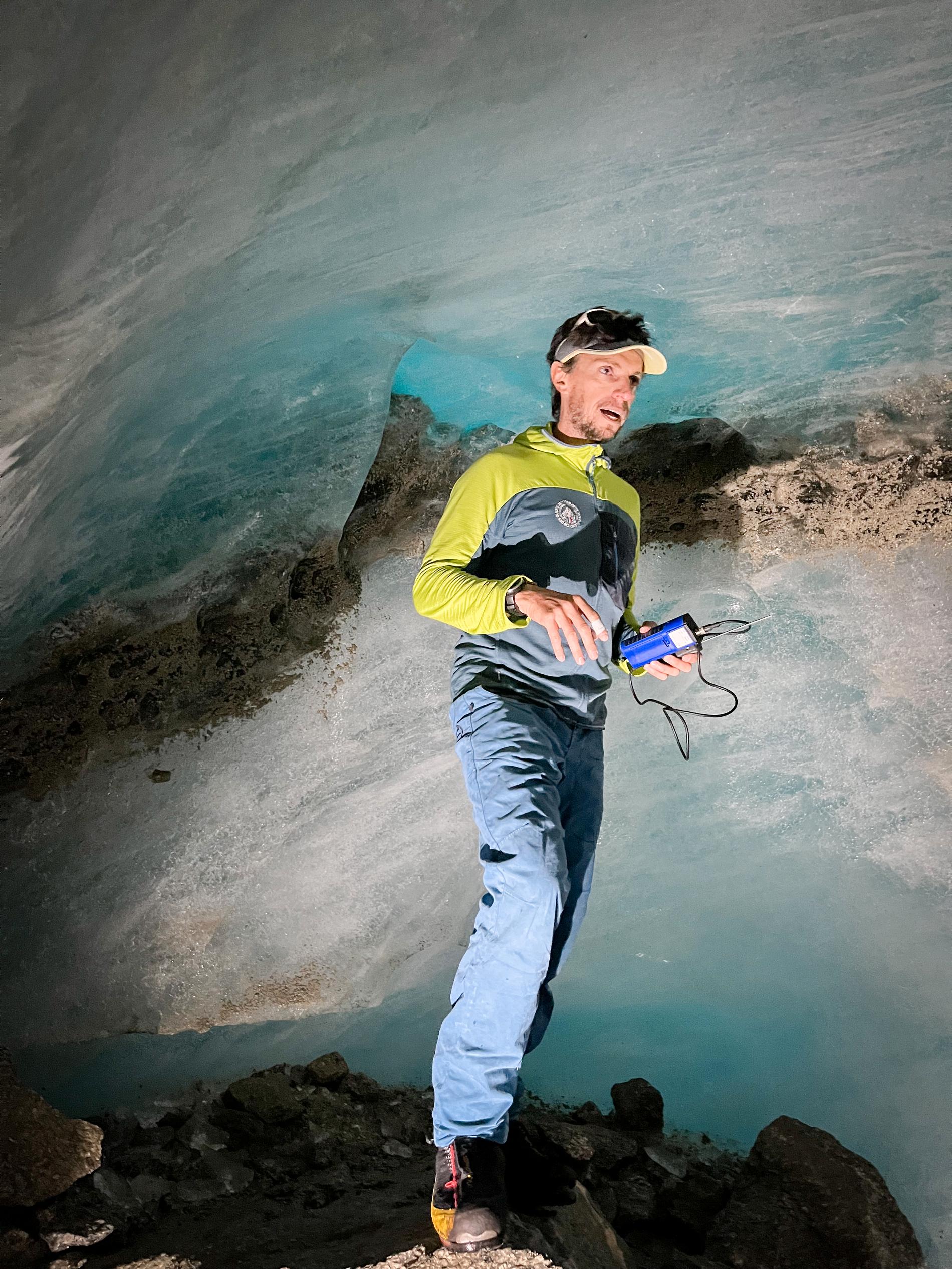
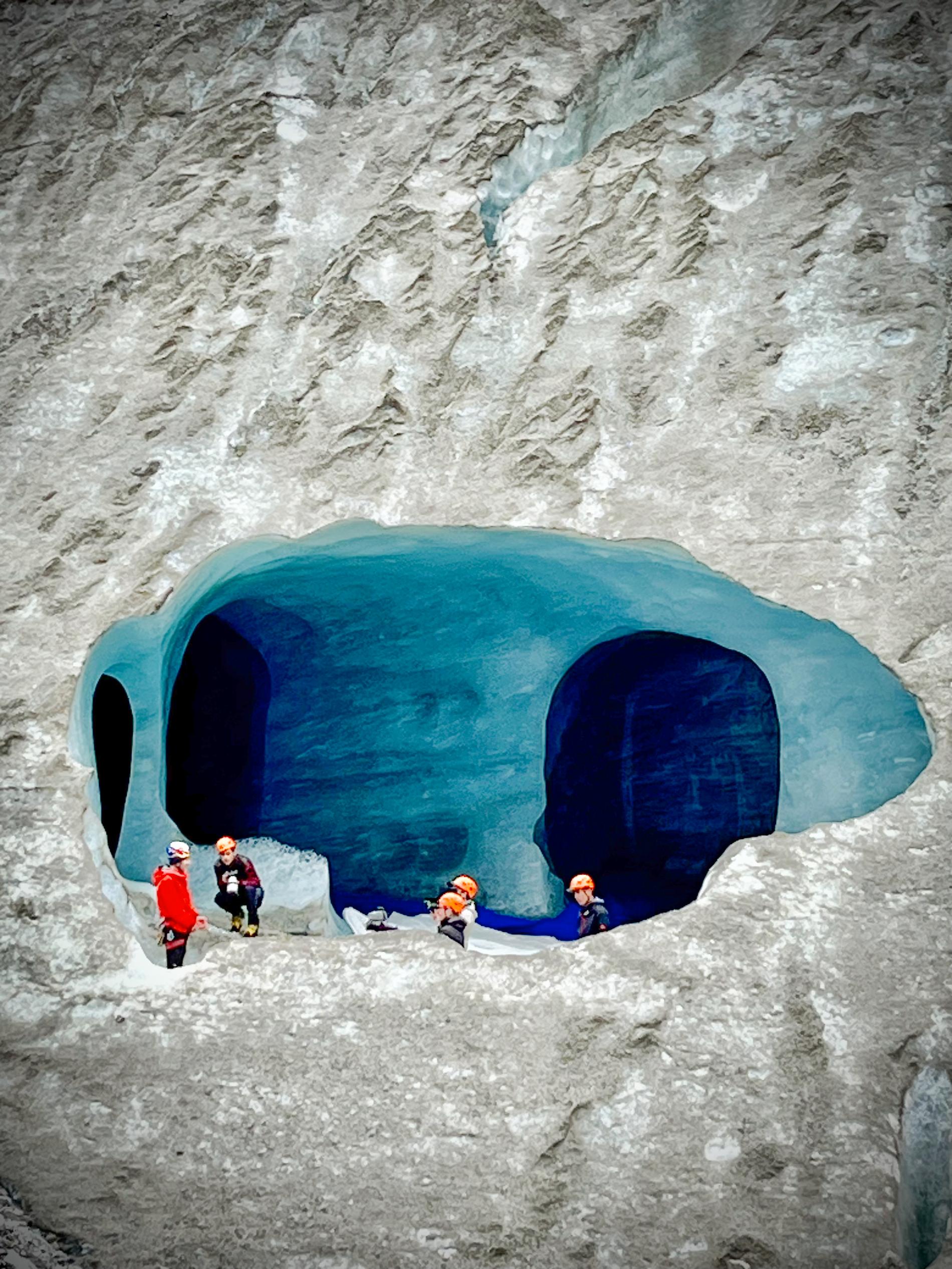
"Historically speaking, scientists have never seen a faster deicing of glaciers and ice sheets," says Ludovic Ravanel. 1 of 2Photo: AGNETA ELMEGÅRD

Inga kommentarer:
Skicka en kommentar